(5042 products available)





























































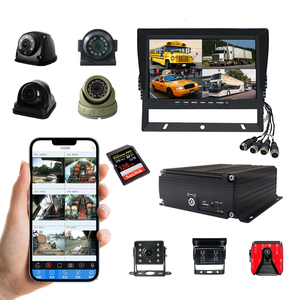
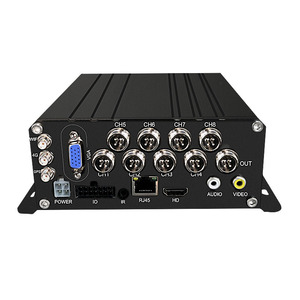
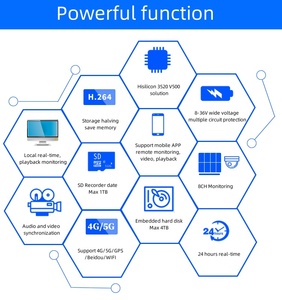
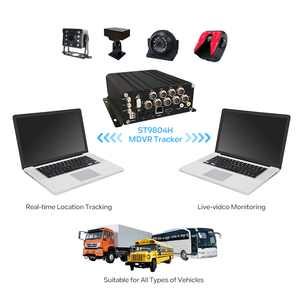
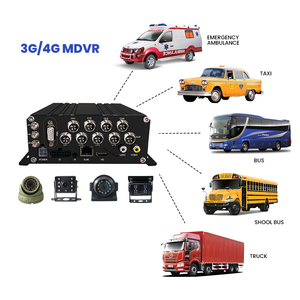
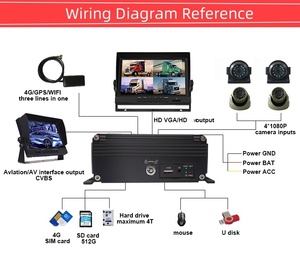





























































































































A Fleet management system is an important part of many businesses. It is used to manage and monitor commercial vehicles. There are different types of fleet management systems. They include:
Vehicle tracking system
A vehicle tracking system is a fleet management system that uses GPS to track the location of vehicles. It tracks the real-time location of vehicles. Also, it tracks their routes, speed, and stops. This information helps businesses find out where their vehicles are at every point in time. It reduces theft by tracking stolen vehicles. It can also improve customer service by giving accurate delivery times.
Telematics system
A telematics system combines GPS tracking with onboard diagnostics. It tracks the location of vehicles and gives detailed information about their performance. For example, it tracks fuel consumption, engine health, and driver behavior. This information can be used to optimize maintenance schedules. It can also be used to improve driving habits. The telematics system improves the efficiency and safety of the fleet. It also reduces the cost of operation.
Maintenance management system
Maintenance management systems help businesses track and manage vehicle maintenance and repair schedules. With this fleet management system, users can schedule regular services. They can also keep service records and set reminders for upcoming maintenance. This helps to make sure that all vehicles are in good condition. It minimizes breakdowns and reduces the cost of repairs.
Driver management system
Driver management systems are used to monitor and manage driver activities. It tracks driver performance. It also monitors compliance with company policies. The system manages driver recruitment, training, and scheduling. This leads to a more professional and efficient driving team. It also improves safety and service quality.
Fuel management system
Fleet fuel management systems help businesses track and control fuel consumption and expenses. Fuel usage is tracked in real time. Also, transactions are monitored to prevent fraud. The system analyzes fuel data to find wasteful practices. It also sets up controls to reduce fuel theft.
Integrated communication system
Integrated communication systems connect fleet managers with drivers in real time. It makes provision for communication through GPS, mobile apps, and dispatch systems. This improves communication. It also improves coordination between the manager and the drivers. Urgent messages can be sent to drivers. It also allows for quick responses to changing situations.
Compliance and safety management system
Fleet compliance management systems help businesses ensure that their fleet follows industry rules. It tracks important documents like insurance and permits. It also schedules audits and inspections. The system helps avoid legal problems. It also ensures that the fleet operates safely.
Specifications of a fleet management system will depend on its type, management needs, and budget. However, here are some common specifications to expect:
GPS tracking
GPS tracking allows the monitoring of fleet vehicles' real-time location. It helps with route optimization and theft recovery. Fleet managers can access live tracking through mobile devices or computers.
Vehicle diagnostic
Vehicle diagnostic systems give managers information about the health and performance of cars in the fleet. It helps with proactive maintenance and vehicle tracking. The diagnostic system can monitor fuel usage, driver performance, and vehicle speed.
Communication
Communication systems facilitate instant communication between fleet managers and drivers. It enables GPS tracking and dispatching. The communication system can have an inbuilt system for two-way communication or mobile apps.
Software integration
Fleet management systems can integrate with accounting, HR, and maintenance software. It allows for seamless data exchange and improves operational efficiency. The integrated software can automate maintenance schedules, handle payroll, and manage budgets.
Scalability
Fleet management systems are designed to be scalable to accommodate future growth. It allows for adding new cars and expanding operations. The system has extra licenses, hardware, and software to allow for future integration.
All the specifications need constant care to function properly. Here are some fleet management system maintenance tips:
Choosing the right fleet management system for the business is not a child's play. Here are some of the things to consider:
The business needs
When choosing a fleet management system, have the business needs in mind. What does the business want to achieve? Do they want to reduce fuel costs or improve safety records? Fleet managers should understand what they want to achieve from the fleet management system before choosing one. Also, consider the size of the business and the number of vehicles in the fleet before choosing a system.
Ease of use
When choosing a fleet management system, consider the ease of use. The system will be of no use to the business if the employees cannot use it. Choose a system with a user-friendly interface and easy navigation. Also, consider training and support to help employees learn how to use the system.
Integration
Choose a fleet management system that integrates with other existing systems in the business. The system should be able to connect with telematics devices, maintenance software, and other important tools. This will ensure a smooth workflow and data exchange across different platforms.
Scalability
Choose a fleet management system that is scalable and can grow with the business. As the business grows and more vehicles are added to the fleet, the system should be able to accommodate the changes without any problem.
Cost
Cost is another important factor to consider when choosing a fleet management system. Fleet managers should choose a system that offers the best value for their money. They should consider the initial cost of the system, the ongoing maintenance and support cost, and the return on investment the system will provide.
Data security
Data security is another important factor to consider when choosing a fleet management system. Make sure that the system has robust security measures to protect sensitive business data. Look for encryption, regular software updates, and secure data storage.
Customizability
Customizability is another important factor to consider when choosing a fleet management system. Look for a system that can be customized to meet the business needs. This can be customized to match the business workflow, add important features, and configure the system to meet specific requirements.
Customer support
Consider the customer support of the fleet management system provider. Businesses should choose providers that offer fast and reliable support through different channels like phone, email, or live chat. This will ensure that they get the help they need when they encounter any problems with the system.
Setting up a fleet management system can be a daunting task, but with the right guidance, it can be achieved with ease. The steps below give a detailed guide on how to install a fleet management system:
Before the installation of the fleet management system, the following requirements must be put in place:
Once the above requirements are in place, follow the instructions below to install a fleet management system:
Q1: How long does it take to implement a fleet management system?
A1: The time it takes to implement a fleet management system varies depending on several factors, including the size of the fleet, the complexity of the system, and the level of customization required. Generally, implementation can take anywhere from a few weeks to several months.
Q2: What kind of training is required for fleet management software?
A2: Training for fleet management software varies depending on the software's complexity and the users' familiarity with technology. Generally, training covers software navigation, data entry, reporting, and interpreting the data. It may also include training on specific modules, such as maintenance scheduling or driver behavior monitoring.
Q3: Can a fleet management system be integrated with other business systems?
A3: Yes, a fleet management system can be integrated with other business systems, such as accounting, CRM, or enterprise resource planning (ERP) systems. This integration allows for seamless data flow across the organization, improving overall efficiency and enabling better decision-making.
Q4: What are the key performance indicators (KPIs) in fleet management?
A4: Key performance indicators in fleet management include metrics such as fleet utilization, maintenance costs, fuel efficiency, vehicle downtime, and driver performance. These KPIs help fleet managers measure performance, identify improvement areas, and make data-driven decisions.
Q5: Is fleet management software suitable for small businesses with a few vehicles?
A5: Fleet management software is designed for businesses of all sizes, including small businesses with a few vehicles. Many software providers offer scalable solutions that can be customized to meet the specific needs of small businesses.